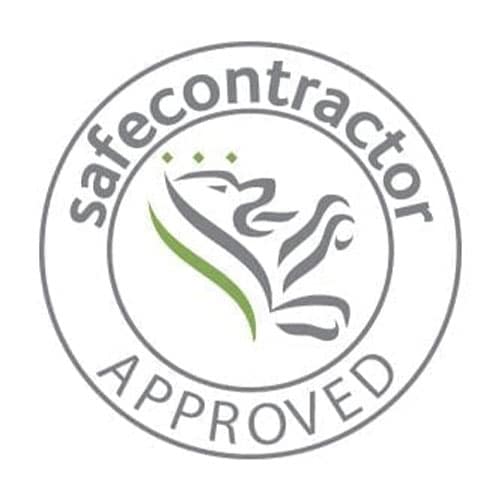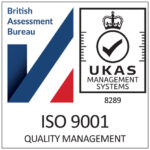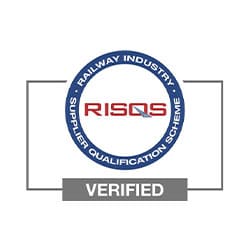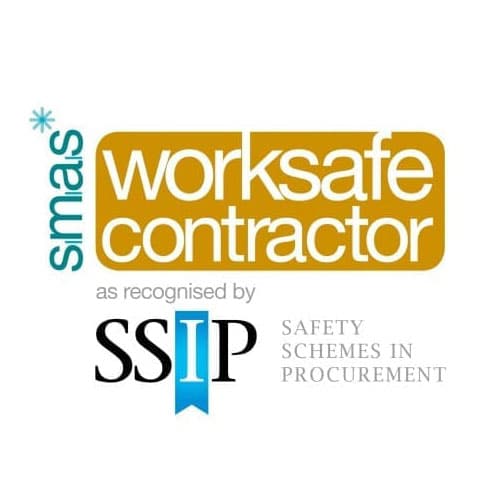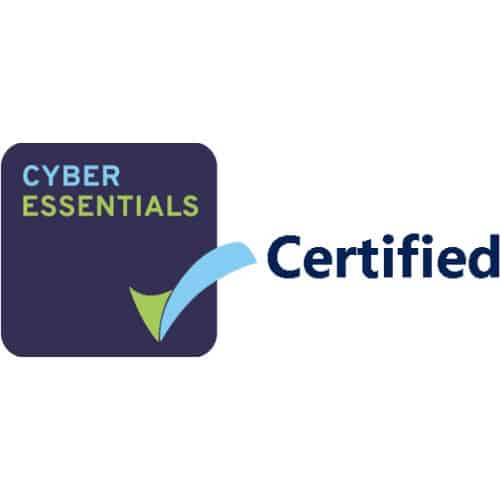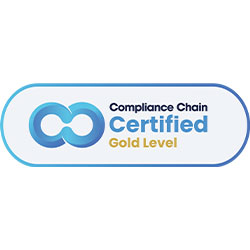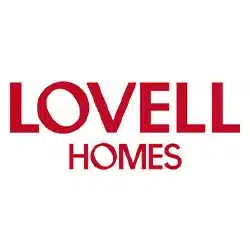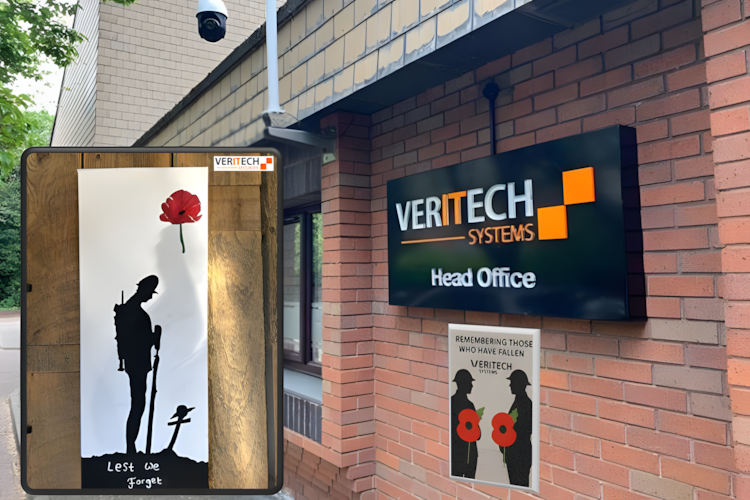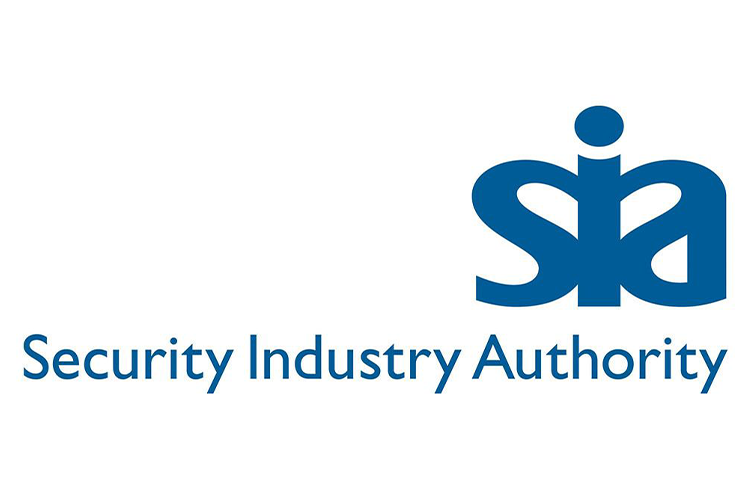
Perimeter Security Systems & Intrusion Detection Solutions
Long-Range Wireless Perimeter Protection for High-Security Sites
Perimeter Detection Systems
Strong perimeter security is the first and most critical layer of defence for any site. Veritech Security provides advanced perimeter detection and intrusion prevention systems that identify threats early—long before damage or theft occurs. Our long-range, wireless solutions deliver 24/7 monitoring, real-time breach alerts, and rapid response capability, protecting people, assets, and property across the UK.
Why Perimeter Security Matters
Perimeter security systems prevent unauthorised access, protect high-value assets, and reduce security risks by stopping intruders at the site boundary. A robust solution combines physical barriers with intelligent detection technology to deter threats, detect breaches, and automate response actions.
Key Benefits of Veritech Perimeter Security Systems
- Visible deterrence to prevent attempted intrusions
- Early breach detection before criminals reach buildings or assets
- Instant real-time alerts delivered to control centres and security teams
- Integrated response with CCTV, alarms, and access control
- Protection for people, premises, and high-value equipment
Book a Free Site Security Assessment – Tailored recommendations for your site
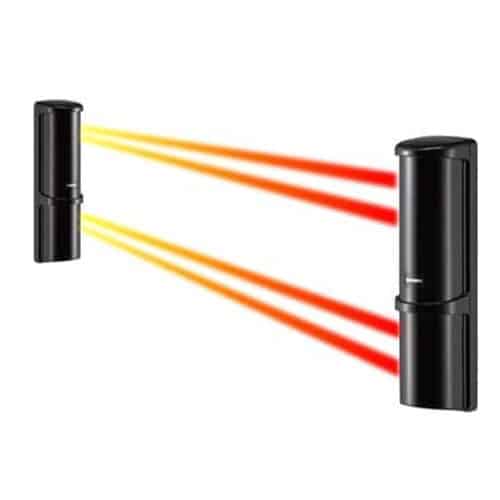
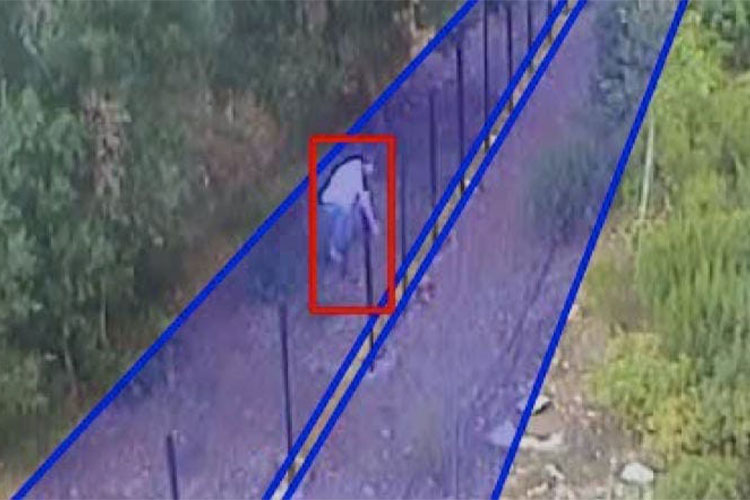
Our Perimeter Security Solutions
We design, install, monitor, and maintain complete perimeter protection systems that integrate seamlessly with your wider security infrastructure.
Perimeter Intrusion Detection Systems (PIDS)
Our PIDS solutions use infrared, radar, microwave, and fibre-optic sensors to detect intrusions along perimeter lines with exceptional accuracy.
Features & Benefits:
- Layered defence detects basic, advanced, or stealth intrusion attempts
- Reduces false alarms using intelligent sensor calibration
- Seamlessly integrates with CCTV, alarms, and access control systems
- Provides early warning for rapid incident response
Wireless Perimeter Detection Systems
Ideal for remote, large, or complex sites, our wireless systems provide fast deployment without major groundwork or cabling.
Why Choose Wireless Perimeter Alarms?
- Long-range coverage for large or multi-acre sites
- Battery-powered options for remote locations
- GPRS communication to our 24/7 monitoring centre
- Rapid installation with minimal disruption
If a breach is detected, our response officers are deployed immediately to intervene and prevent damage or theft.
Perimeter Protection for Different Sectors
Solar Farm Perimeter Security Systems
Solar farms are vulnerable due to open land and valuable equipment.
Veritech provides solar site intrusion detection systems designed to monitor large outdoor areas with minimal maintenance.
Veritech provides solar site intrusion detection systems designed to monitor large outdoor areas with minimal maintenance.
- Infrared sensor beams + CCTV for wide-area coverage
- Energy-efficient, low-maintenance technology
- Detects intruders before they reach solar arrays or infrastructure
Commercial & Industrial Perimeter Security Systems
Offices, warehouses, industrial estates, and retail sites require scalable, integrated protection.
- Real-time monitoring & remote site protection
- Access control & CCTV integration
- Protects staff, stock, vehicles, and sensitive information
Outdoor & Remote Site Perimeter Protection
For exposed sites with harsh conditions and no power infrastructure, we offer rugged, weather-resistant systems including:
- Motion sensors
- Thermal detection
- Wireless CCTV towers
Ideal for: construction sites, parks, utilities, transport hubs, agricultural land, ports, car parks, and open public spaces.
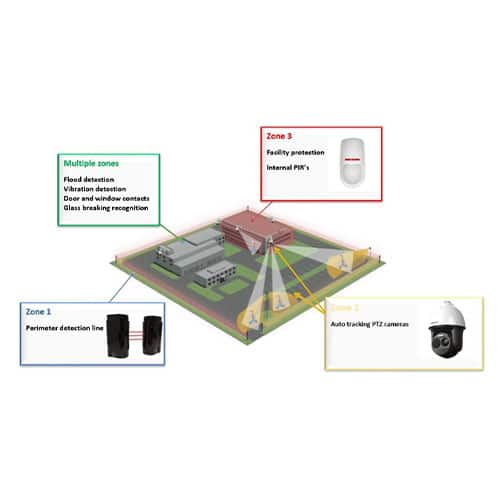

Advanced Perimeter Security Equipment
Perimeter Security Sensors
We deploy the latest sensor technologies to ensure accurate detection and rapid alerts.
- Infrared Sensors: Detect heat signatures, best for Open spaces, boundary lines
- Microwave Sensors: Radio waves detect movement, best for High-risk or high-traffic areas
- Fibre-Optic Sensors: Vibration detection in fence lines, best for High-security sites, long perimeters
Benefits: High accuracy, minimal false alarms, all-weather performance.
Perimeter Motion Detection Systems
Motion detection solutions provide instant alerts when movement is registered near or beyond the perimeter. These systems can:
- Trigger alarms
- Activate CCTV & floodlighting
- Notify security personnel in real-time
Combine with PIDS for a strengthened multi-layer defence.
Why Choose Veritech Security?
Strengthen your site’s first line of defence with a tailored perimeter security solution designed to detect threats before they reach your property. Our intelligent systems provide continuous monitoring, instant alerts, and rapid response to keep your people, assets, and operations protected.
- Specialists in perimeter protection and PIDS
- 24/7 monitoring from our accredited control centre
- Integrated systems for full-site protection
- Tailored solutions for every site type and risk level
- Professional installation, maintenance, and rapid response
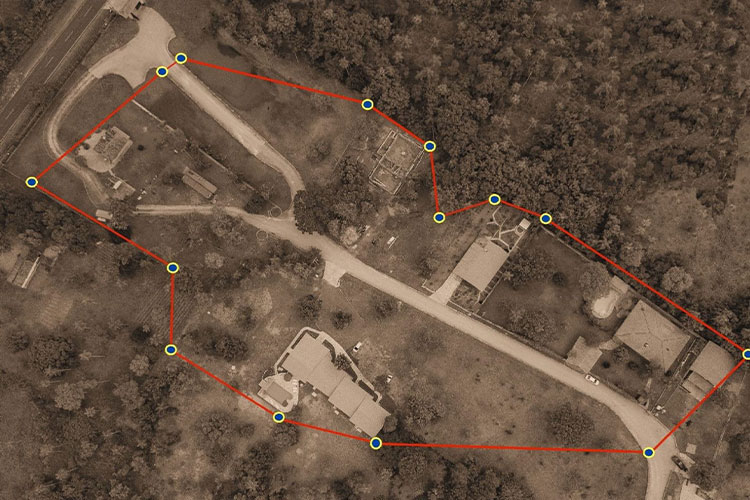
How Can We Help Manage Your Premises Security?
Our experts will survey your site and recommend the best perimeter protection solution for your risk level, environment, and budget.





